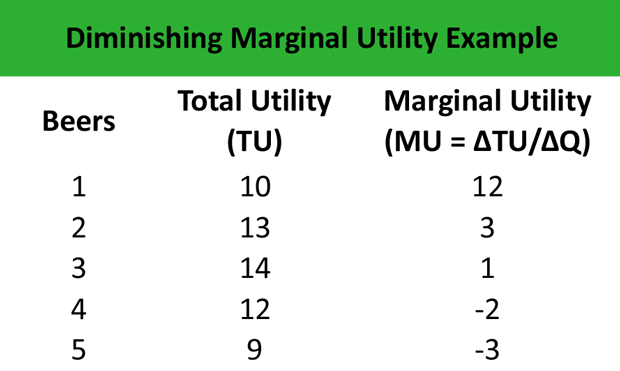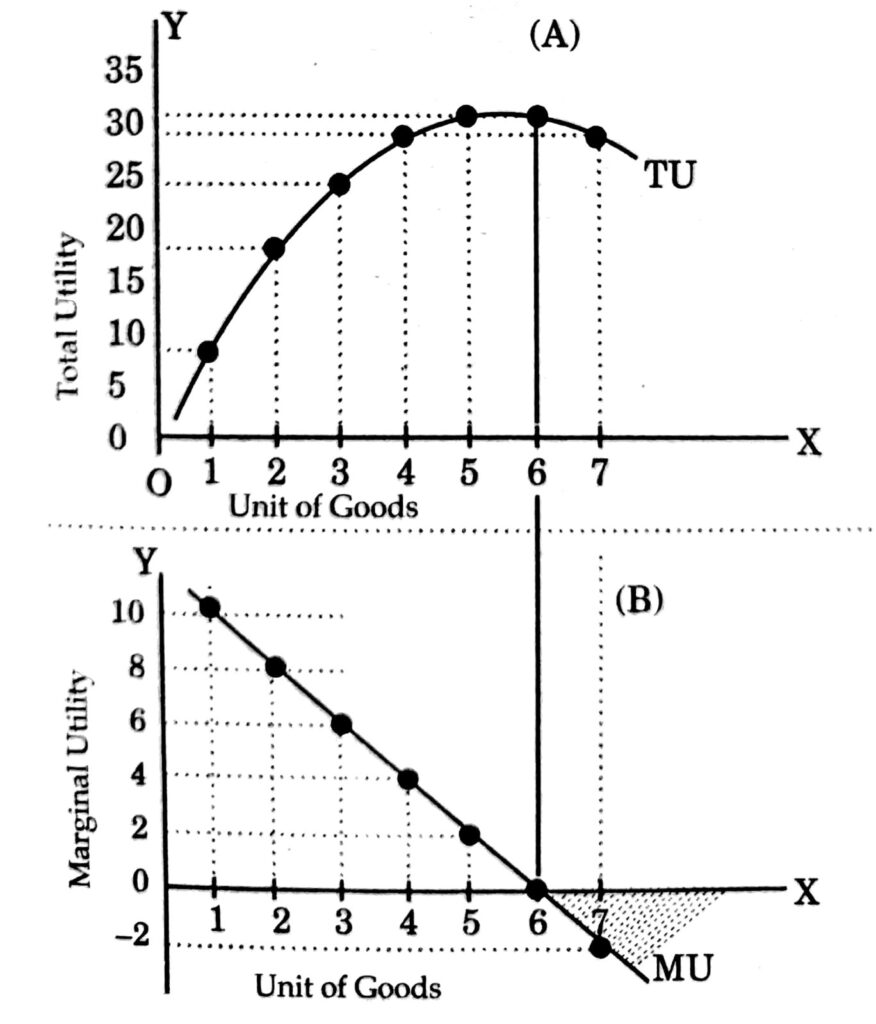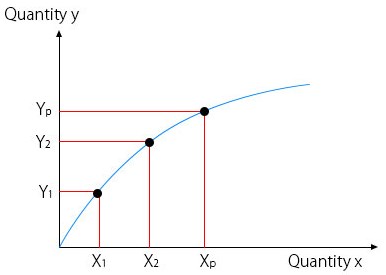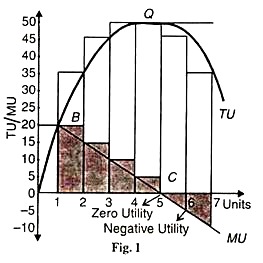The law of decreasing marginal utility is an important economic principle that states that as a person consumes more and more units of a particular good or service, the additional utility or satisfaction that they derive from each additional unit will eventually decline. In other words, the first few units of a good or service are typically more valuable to a person than the later units.
This principle has important implications for consumer behavior and the pricing of goods and services. For example, a person may be willing to pay a higher price for the first few units of a good or service because the additional utility they receive from those units is relatively high. However, as they continue to consume more and more units, the additional utility they receive from each unit begins to decline, and they may be less willing to pay as much for each additional unit.
The law of decreasing marginal utility is based on the idea of diminishing returns, which states that as a person increases their consumption of a particular good or service, the additional benefit they receive from each additional unit will eventually decline. This is because there are limits to how much of any particular good or service a person can consume before they begin to experience diminishing returns.
One way to understand the law of decreasing marginal utility is to consider the example of a person eating a piece of cake. The first slice of cake is likely to be very satisfying and enjoyable. However, as the person continues to eat more and more slices of cake, the additional satisfaction they receive from each additional slice is likely to decline. Eventually, they may reach a point where they feel that they have had enough cake and the additional utility they receive from each additional slice is actually negative, meaning that they would rather not eat any more.
The law of decreasing marginal utility has important implications for businesses and policymakers. For example, businesses may use the principle to determine how much to charge for their products or services. By understanding that consumers are willing to pay more for the first few units of a good or service but less for subsequent units, businesses can set prices that reflect this pattern of diminishing returns.
Policymakers may also use the law of decreasing marginal utility to guide policy decisions related to taxation and other economic issues. For example, policymakers may use the principle to determine how to structure tax rates in a way that reflects the diminishing utility that people receive from additional income as they move up the income ladder.
In summary, the law of decreasing marginal utility is an important economic principle that states that as a person consumes more and more units of a particular good or service, the additional utility or satisfaction they receive from each additional unit will eventually decline. This principle has important implications for consumer behavior and the pricing of goods and services, and it is often used by businesses and policymakers to guide decision-making.








